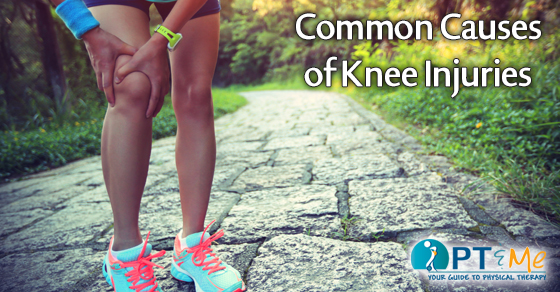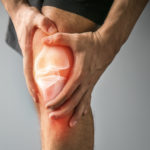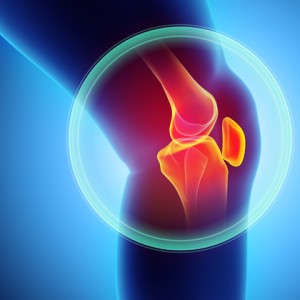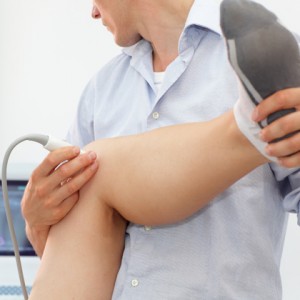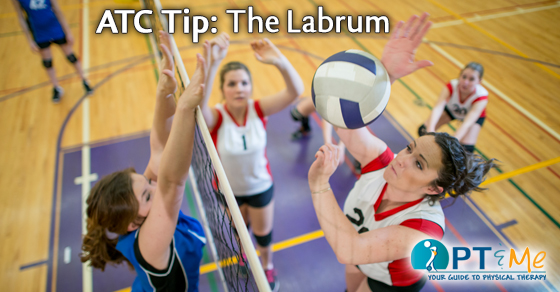
Anatomy of the Shoulder
The shoulder can move in almost every plane of motion, it’s the most mobile joint in the human body; but more mobility = more instability. The shoulder joint is often described as a “ball in socket,” but it’s wide range of motion makes it a highly vulnerable joint. We have a network of soft tissue structures, such as the rotator cuff and ligaments, whose main job is to keep the humeral head in its assigned seat. However, often these muscles alone are not sufficient as they can become weak or tight and thus less efficient. The labrum is a small ring of cartilage that provides additional stability to the shoulder joint.
How Does a Labrum Become Damaged?
Direct trauma, shearing forces, or repetitive stress can cause damage to the labrum. Often, this damage will present as a tear in the labrum, which can restrict motion, decrease strength, and cause pain in the shoulder. Picturing that ring of cartilage, imagine a roughening of the edges of the bowl-like golf tee, or even a rip that flaps when the ball is spun around. It is not uncommon for a shoulder dislocation or subluxation to be accompanied by a labral tear; chronic shoulder instability can also lead to labrum injury.
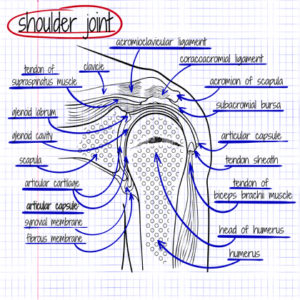
What Does a Labrum Do?
Because the “ball and socket” is so shallow, the shoulder joint is often described, quite accurately, like a “golf ball sitting on a tee.” To picture the shoulder labrum, imagine a ring around the outer edge of a golf tee, effectively deepening the overall bowl shape, almost suctioning the humerus into the space. The labrum helps stabilize the shoulder by making the “ball” more difficult to remove from the “tee.”
How Can I Prevent a Labrum Injury?
The best way to prevent a labral tear is to strengthen the musculature surrounding the shoulder joint. The best case scenario is all of the muscles are working together to keep the shoulder joint moving fluidly through its full range of motion. Important within this group of muscles are the muscle that control the shoulder blades. By strengthening the stabilizing muscles individually and functionally, it helps them stay balanced and strong with the other, stronger muscles (like the RTC). The other way to prevent a labrum tear is to avoid excessive contact, repetitive overhead motions, and falls.
This article about athletic injuries was provided by PT & Me physical therapy partner: The Center for Physical Rehabilitation. More information about the center and their locations throughout Grand Rapids, MI can be found on their website at www.pt-cpr.com
To see a shoulder strengthening program visit our Sports Medicine Tip Page by clicking here.

